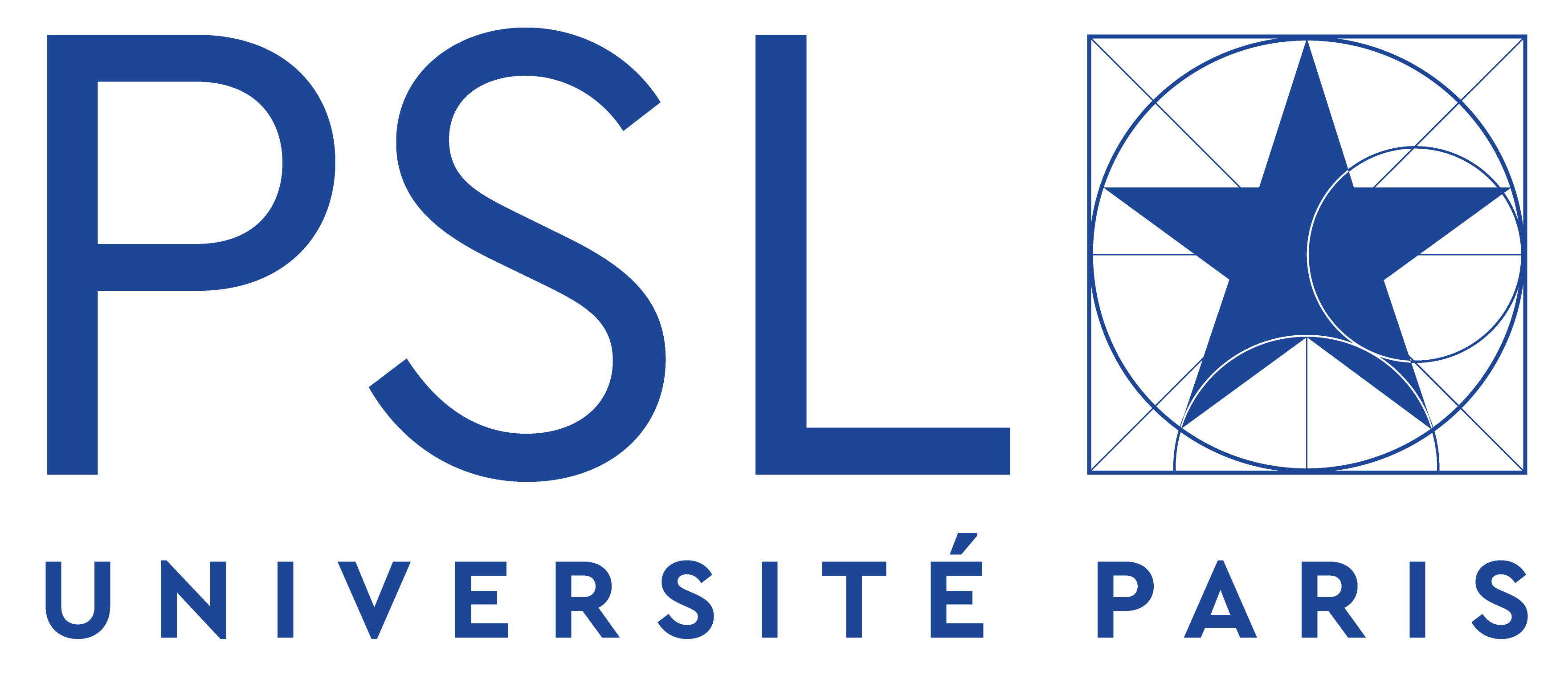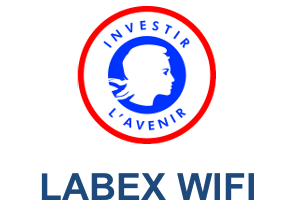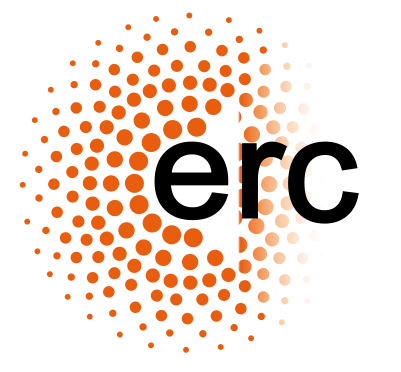Milieux non-linéaires et/ou dépendants du temps
Interactions non-linéaires en milieu désordonné
L’exploitation de la diffusion multiple pour générer efficacement de la lumière par des processus non-linéaires, voire amplifier ces processus, est un sujet encore très ouvert. Forts de notre expérience de modélisation théorique et de simulation acquise notamment via des travaux antérieurs sur les lasers aléatoires et les échos de photons, nous abordons ces questions en collaboration avec l’équipe de S. Mujumdar au TIFR de Mumbai (Inde).
Nous avons ainsi étudié la génération de second harmonique (SHG) dans un matériau fortement désordonné, comme une poudre de KDP. Un tel matériau éclairé par une impulsion laser produit deux figures de speckle à la fréquence fondamentale et à la fréquence double. Les speckles générés par des impulsions successives se décorrèlent progressivement suite au déplacement des diffuseurs, avec une décorrélation plus rapide pour le speckle SHG. Un modèle théorique a permis d’expliquer cette observation, mettant en avant le mécanisme principal de SHG en milieu désordonné en régime de diffusion multiple [1]. Plus récemment, nous avons étudié avec le même modèle le comportement spatial et temporel de l’intensité diffuse IR et SHG, en excellent accord avec les observations expérimentales de l’équipe indienne [2].

Figure 1 Fonction de corrélation en intensité pour le fondamental et pour le signal de seconde harmonique en fonction de la puissance incidente.
Milieux complexes dépendants du temps
Récemment, les degrés de liberté apportés par les milieux dont les propriétés optiques dépendent du temps ont suscité un intérêt croissant. Ils offrent en effet de nouvelles possibilités pour contrôler la propagation des ondes. Nous avons nous-mêmes publié en 2021 une première étude théorique et numérique, en collaboration avec Boris Shapiro (Technion, Israël), portant sur la distribution statistique de l’énergie d’une onde traversant un milieu désordonné temporellement. Un comportement surprenant a ainsi été observé : la croissance exponentielle de l’énergie moyenne au cours du temps [3].

Figure 2 Évolution de la moyenne du logarithme de l’énergie de l’onde en fonction du nombre de kicks temporels.
Un deuxième travail plus récent nous a permis de déterminer les expressions des libre-parcours moyen et libre-temps moyen de diffusion dans un milieu présentant à la fois du désordre spatial et temporel [4]. De manière surprenante, le fait de brancher le deuxième type de désordre en plus du premier diminue la diffusion globale du système.









